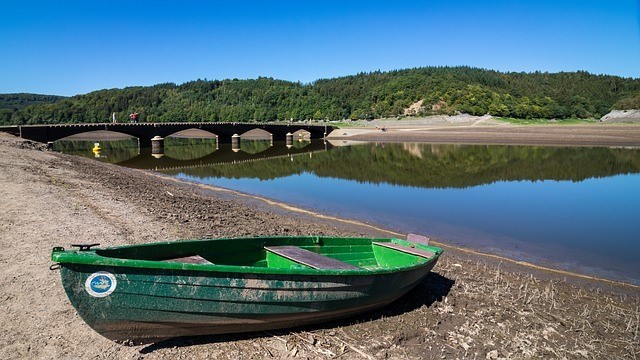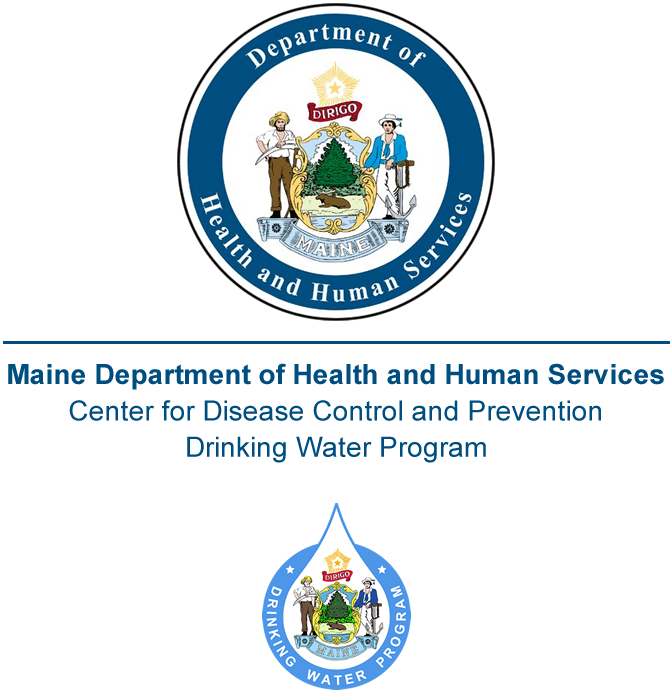Water Conservation Measures
Maine Department of Health & Human Services sent this bulletin at 08/09/2022 09:57 AM EDTThis update is coming to you from the Maine CDC Drinking Water Program.
Having trouble viewing this email? View it as a Web page.
Water Conservation Measures
| Much of Maine is currently experiencing drought conditions, as shown in the most recent United States and NOAA Northeast River Forecast Center (NERFC) Precipitation Departures Maps. While we may experience some rain throughout the summer, there’s a good chance that surface and groundwater resources won’t be recharged until at least mid to late September, when the annual fall rains typically arrive. |  |
The Maine CDC Drinking Water Program (DWP) encourages public water systems (PWSs) to utilize the Environmental Protection Agency (EPA) Incident Action Checklist - Drought. This checklist is a great resource for drought preparedness, response, and recovery. A link to the checklist can also be found on the DWP’s Drought in Maine webpage, which contains even more resources and up-to-date drought maps that may be useful during periods of drought.
The DWP also advises public water suppliers experiencing quantity issues to communicate with customers regarding water conservation measures. This is particularly important in areas experiencing moderate to severe drought. Voluntary or mandatory measures can be an effective means of addressing water quantity deficits until natural recharge occurs. The DWP offers the following ideas for water conservation measures:
Outside Water Use:
• Avoid watering lawns;
• Water garden plants only when necessary, either early in the day (before 9AM) or late in the evening
(after 5PM) to avoid water loss by evaporation;
• Keep grass a bit longer than usual to promote soil moisture retention and help it develop a deeper root system;
• Avoid washing cars and other vehicles;
• Instead of using water to clean walkways, decks, or driveways, use a broom; and
• Cover swimming pools when they are not in use to prevent evaporation.
Inside Water Use:
• Take shorter showers (approximately 5 minutes or less); avoid baths
• Turn off water while brushing your teeth or shaving
• Wash only full loads of laundry and dishes
• Collect and reuse clean household water (e.g., water from cooking can be used to water plants)
• Fix any leaks you may find around the house, including leaky toilets, which can use up to 200 gallons
of water per day
Consider reaching out to customers who use large quantities of water to see if they can modify operations to temporarily decrease their water use. And let your fire department know of any water shortages you experience, as they may be able to draw from alternate water sources if available for fire suppression and other needs.
The DWP would be pleased to review any water conservation messaging prior to its release. We request that any public water supplier seeking voluntary or mandatory conservation measures from their customers please notify us and share a copy of the messaging with us. We will convey this information to the Public Utilities Commission (PUC) so that if/when we or they receive calls from your customers or the press we can support your efforts.
For questions regarding droughts, or to report a water shortage, please contact your DWP Inspector or call the DWP at 207-287-2070.
URLs
- Maine CDC Drinking Water Program Drought Webpage: https://www.maine.gov/dhhs/mecdc/environmental-health/dwp/pws/drought.shtml
- Maine CDC Drinking Water Program Homepage:
www.medwp.com
- EPA Water Conservation Tips: https://www3.epa.gov/region1/eco/drinkwater/water_conservation_residents.html?utm_medium=email&utm_source=govdelivery
- EPA Incident Action Checklist – Drought:
https://www.epa.gov/sites/default/files/2015-06/documents/drought.pdf

